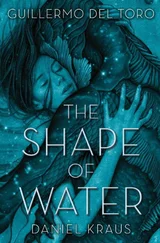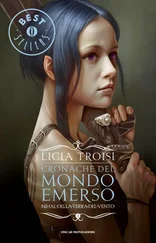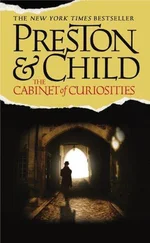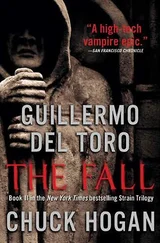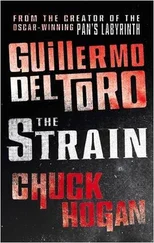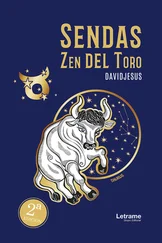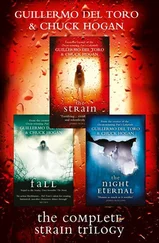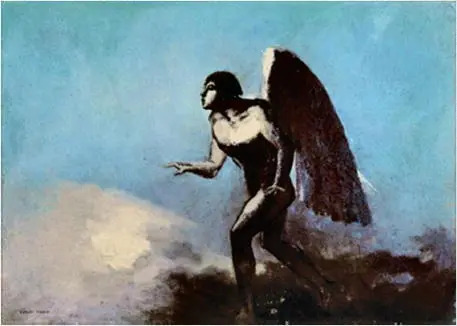
A sketch of Odilon Redon’s feathered eye motif in one of del Toro’s early notebooks.
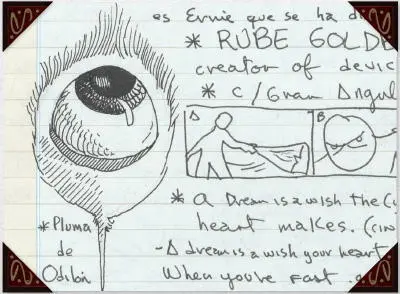
The Winged Man (1880), by Redon, a classic symbolist image that has inspired del Toro.
After that, I started to really get into the methodology of how to read a painting, and I started to appreciate the little symbols that medieval and Renaissance portraits would use, the symbology in Gothic cathedrals. And then I got into alchemy. My mind has always been guided by curiosity.
MSZ:With respect to the symbolists, you really can see resonances from those guys, such as Redon and Rops, in a lot of the visual elements that you explore.
GDT:Yeah, Redon and his feathered eyes. Fantastic. Proto-symbolist, actually.
MSZ:He’s an interesting bridge between the symbolists and the Pre-Raphaelites just in terms of his style.
GDT:I’m also fascinated by the lives of the Pre-Raphaelites and their ideas. They certainly are very interesting characters that start with the same spirit and, as you read about their lives, they get co-opted by the society that they set out to overturn. It’s a very interesting artistic moment.
MSZ:Why, then, do the symbolists have more power than the Pre-Raphaelites for you?
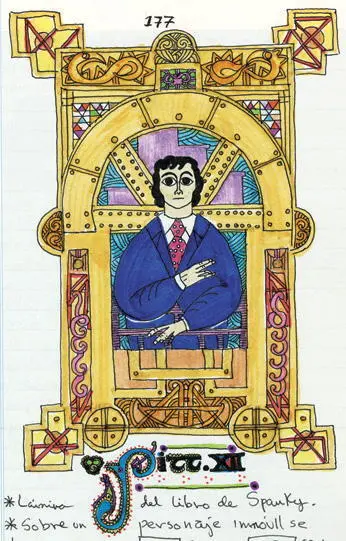
An illustration for Mephisto’s Bridge , one of del Toro’s unrealized projects, done in the style of a medieval illustration.
GDT:To me, the Pre-Raphaelites are more surface driven. More superficial. Vanity and aesthetics eventually overpower their spirituality and otherworldly power. The symbolists, on the other hand, tried to organize stuff, like medieval painters did—where they would organize every detail in a painting to tell a story. Like a portrait of a young woman—she would be holding a peach, which would represent the ephemeral nature of beauty. Because the peach rots very fast. Then, by the same token, there would be flowers. And there would be a skull. They would organize things so you would read the painting. But the symbolists take all that much further. And they start bringing in elements of subterranean eroticism, buried, unconscious desires. In some ways, they prefigure Dada and Surrealism in that they tap into concepts and ideas and spirituality but are driven by impulse!
MSZ:I see them as an arrow right into your work because your work puts beauty and sensitivity right alongside grotesquerie and death. You don’t sugarcoat stuff.
GDT:That’s what surprises me a lot when I read reviews of my work. I read one criticism on Pan’s Labyrinth in which somebody said, “Well, it’s a very simple dichotomy. Fantasy is beautiful, real life is hard.” And I thought, What movie did they watch? The fantasy in Pan’s Labyrinth , except for the ending, is super grimy. The fairies are these little imps that are dirty, naked, and kind of evil looking. The Faun is incredibly ambivalent, even menacing. I cannot think of the frog as a pleasant piece of fantasy. Or, much less so, the Pale Man. And having to feed the mandrake with blood, and the fetal implications of the mandrake? I mean, I tried to make the fantasy as gritty as reality because that’s what it’s supposed to be.
When you seek beauty only within a world of perfection, you end up with illustrations of fairies dressed in pink tutus, sprinkling dust, with cherubic babies and a flower garden. And then the images really, in my mind, don’t have any weight, any gravity. But when you have seen something horrible and you choose to create something beautiful, the work comes out with a hefty weight, and I think that’s why I like Rops, who was undoubtedly a guy who was tragic and fascinated by war, tragedy, destruction, and sex. He creates something beautiful out of that.
MSZ:The feeling with Rops is that he really indulged in a lot of vices.
GDT:Such was the life of the bohemians and the life of the symbolists. They would explore pleasure no matter what the consequences. After a certain moment in the history of art, the artist and the work become indivisible. For example, you can see the essence of Van Gogh in his paintings.
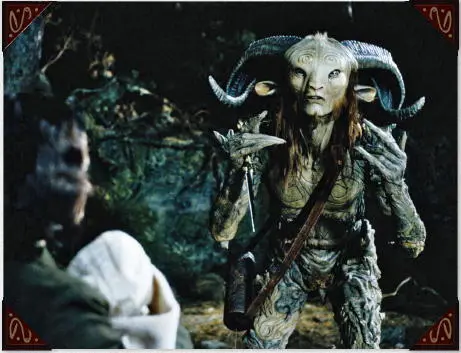
The Faun (Doug Jones) in Pan’s Labyrinth is intentionally both inviting and menacing.
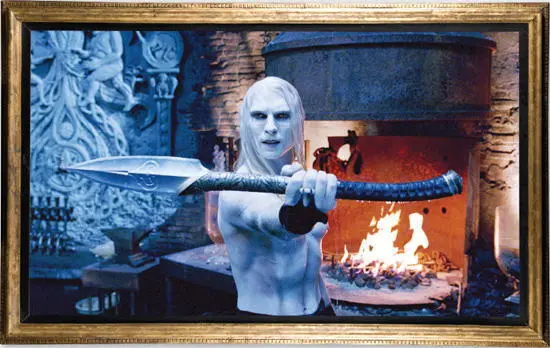
Prince Nuada (Luke Goss) provides one of the best examples of del Toro’s fascination with pale, translucent skin, a feature he admires in the work of Édouard Manet and in medieval painting.
MSZ:That goes for Goya, too, at least in his later work. The interesting thing about him is his duality—he did these beautiful court images, the portraits, and then he finds his real power in all the grotesquerie.
GDT:With Goya, you really have a compulsion. He is literally chronicling the compulsions within him, the darkest phase of his life. The engravings and the “black” paintings are such a contrast to the luminous paintings, the court paintings, and all the parties in the garden. I don’t like the colors in those in the same way that I’m not attracted to Renoir because I find him too colorful. I’m attracted to pale—for example, Édouard Manet. I’m very much attracted to pale palettes or dark palettes.
MSZ:You’ve talked before about how on Blade II you were influenced by Caravaggio and chiaroscuro.
GDT:I wish, [laughs] I was trying for a very deep saturation of colors and dense blacks and I discussed Caravaggio with Gabriel Beristain, the cinematographer on Blade II , because he had shot Derek Jarman’s Caravaggio. So we talked about chiaroscuro quite a bit. He said, “A lot of people think that chiaroscuro is just about creating one source of light, and the rest is darkness. But it really is incredibly thoughtful and very, very regimented and a very calculated, painterly approach.” In the same way, nothing is casual in Vermeer. A lot of people think, Vermeer is going to he a big window with soft light streaming in and certain textures, silk, and plaster walls. But, really, all those guys codified their paintings and approached painting and light very carefully.
Too, there is a narrative quality to the art. There was a moment when art made it very clear, as we approached the modern concept of art, that there was a refutation of the narrative in art, and this function was given over to mere “illustration.” Some people I admire, like Edward Hopper, are constantly demeaned as “just a great illustrator.”
MSZ:When discussing Blade II , you’ve also referenced Andrew Wyeth’s Christina’s World. I don’t know if you know the story, but she is actually a crippled girl, and the only way she can get around is by crawling. So while a lot of people see Christina’s World as a very idyllic image, there’s actually a grotesquerie to it.
Читать дальше






